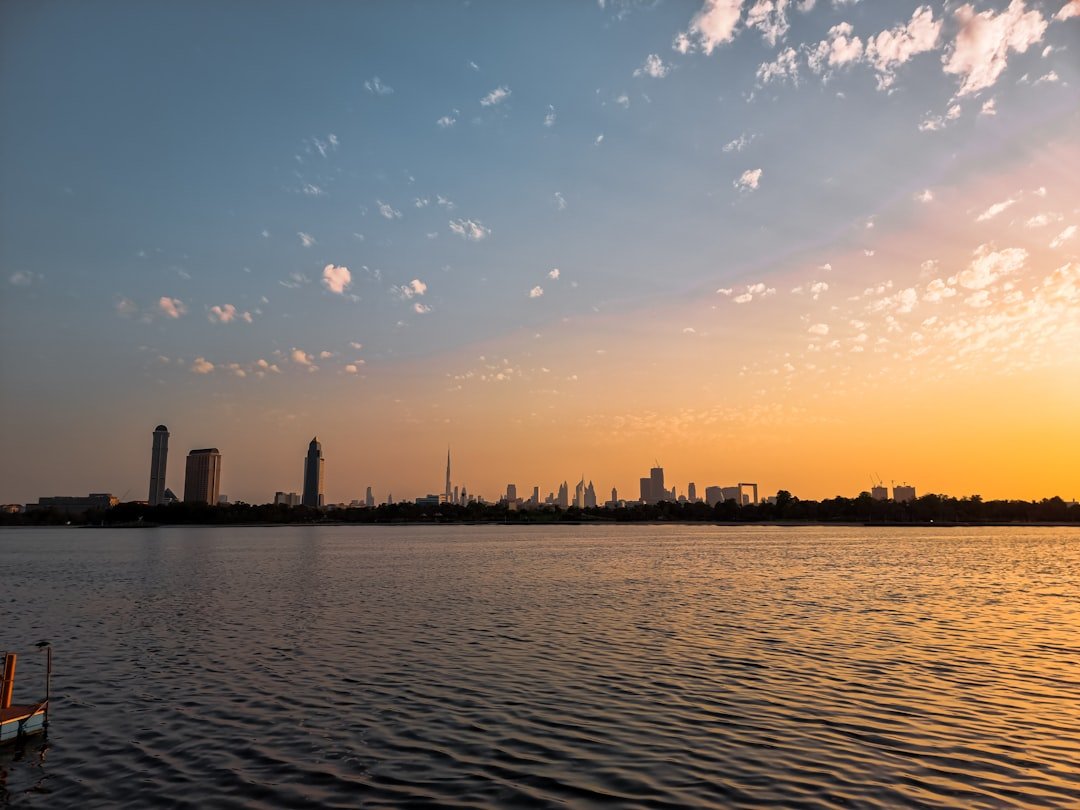Hyderabad’s Air Pollution Crisis: A Comprehensive Analysis Hyderabad, Telangana’s capital, is renowned for its dynamic culture, rich history, and quick economic development. Air pollution, however, is a serious problem that endangers the health and wellbeing of its citizens beneath its busy streets and contemporary skyline. The city’s air quality has significantly declined over the last few decades, mostly as a result of increased traffic, industrialization, & urbanization.
Key Takeaways
- Hyderabad is facing a severe air pollution crisis, impacting the health and well-being of its residents.
- The main causes of air pollution in Hyderabad include vehicular emissions, industrial activities, construction dust, and waste burning.
- Air pollution has detrimental effects on public health, leading to respiratory diseases, cardiovascular problems, and other health issues.
- The government has taken initiatives to combat air pollution, including implementing emission standards, promoting public transportation, and enforcing regulations on industries.
- Industries and vehicles play a significant role in contributing to air pollution in Hyderabad, and their cooperation is crucial in reducing pollution levels.
Citizens, health professionals, and environmentalists are all concerned about the startling increase in particulate matter and other pollutants. Hyderabad’s air pollution problem is a public health emergency that requires immediate attention, not just an environmental one. With more than 10 million people living in the city, there is a greater demand for infrastructure and resources, which raises emissions from a variety of sources. This crisis has far-reaching effects that impact not only people’s physical health but also the general standard of living in the city.
As Hyderabad keeps expanding, combating air pollution has emerged as a crucial issue that calls for cooperation from the public, businesses, and government officials. The Multifaceted Reasons Behind Hyderabad’s Air Pollution. Hyderabad’s air pollution problem is complex and has many interrelated causes. Construction and urbanization. Hyderabad’s fast urbanization, which has made the city a thriving metropolis, is one of the main causes of the city’s air pollution.
Construction activities, which frequently produce dust and particulate matter, have increased as a result of the influx of people looking for better employment opportunities. By uprooting soil and releasing pollutants into the atmosphere, the growth of infrastructure projects like buildings and roads has made the issue worse. emissions from vehicles. A major contributing factor to air pollution is the growing number of automobiles on the road.
| Metrics | Data |
|---|---|
| PM2.5 Levels | 150 µg/m³ (Unhealthy) |
| PM10 Levels | 200 µg/m³ (Unhealthy) |
| Nitrogen Dioxide (NO2) Levels | 40 µg/m³ (Unhealthy) |
| Sulfur Dioxide (SO2) Levels | 20 µg/m³ (Unhealthy) |
| Carbon Monoxide (CO) Levels | 2.5 mg/m³ (Unhealthy) |
Increased demand for transportation due to population growth causes traffic jams and higher vehicle emissions. The problem is made worse by the dependence on fossil fuels for transportation, since older cars frequently lack contemporary emission control systems. Industrial Operations. Industrial operations in and around Hyderabad contribute to the formation of smog and other detrimental air quality problems by releasing a variety of pollutants into the atmosphere, such as nitrogen oxides and sulfur dioxide. Hyderabad’s public health is seriously and concerningly impacted by air pollution.
High air pollution exposure has been linked to a number of health problems, such as cardiovascular problems, respiratory illnesses, & even early death, according to studies. Particularly at risk are vulnerable groups like children, the elderly, and people with underlying medical conditions. Hyderabad is not an exception to the World Health Organization’s (WHO) recognition of air pollution as one of the major environmental health hazards in the world. Also, it is impossible to ignore the psychological effects of residing in a polluted area. Residents frequently suffer from stress & anxiety as a result of health issues brought on by bad air quality.
Further taxing public resources is the financial burden of medical expenses for treating illnesses linked to pollution. The healthcare system as a whole faces tremendous challenges in handling the increasing demands as hospitals and clinics are overrun with patients with respiratory conditions. The government of Telangana has launched a number of initiatives to improve Hyderabad’s air quality in response to the worsening air pollution crisis.
One noteworthy initiative is the Telangana State Pollution Control Board (TSPCB), which keeps an eye on the quality of the air and implements laws to reduce emissions from automobiles and industries. To keep the public informed about pollution levels, the board regularly evaluates the quality of the air in different parts of the city and releases reports. In order to inform the public about the significance of lowering air pollution, the government has also started awareness campaigns. These campaigns encourage people to embrace environmentally friendly behaviors like carpooling, taking public transit, & producing less waste.
Also, by encouraging tree planting and conservation efforts, programs like “Green Hyderabad” seek to expand the amount of green space in urban areas. These programs aim to start a movement toward cleaner air by encouraging residents to take responsibility for their actions. An important source of air pollution in Hyderabad is the industrial sector. Numerous factories and power plants in the city release dangerous pollutants into the atmosphere.
Numerous industries release harmful gases and particulate matter in excess due to inadequate emission control measures. Certain industries have been able to put profit ahead of environmental responsibility due to lax enforcement and regulatory measures. Another significant source of air pollution in Hyderabad is automobiles. Nitrogen oxides, carbon monoxide, & volatile organic compounds have increased as a result of the growing number of automobiles, motorcycles, and commercial vehicles on the road. This issue is made worse by traffic congestion because idle cars emit pollutants while they are in long lines.
Lack of effective public transit systems further promotes driving one’s own car, which feeds the pollution cycle. Effective air pollution control requires a multifaceted strategy. Improving public transportation infrastructure is a crucial step in giving locals practical substitutes for private automobiles. Improving bus networks and increasing metro rail service can greatly lessen traffic jams & vehicle emissions.
Also, encouraging non-motorized modes of transportation like walking and bicycling can help to improve air quality. Implementing stronger rules on industrial emissions is another essential step. In addition to encouraging industries to embrace cleaner technologies, the government must enforce adherence to environmental standards.
Rewards for companies that make investments in environmentally friendly operations can also spur progress in the industrial sector. Increasing the amount of green space in cities can also help absorb pollutants and enhance air quality in general. In order to combat air pollution in Hyderabad, public awareness is essential. By learning about the causes and consequences of air pollution, citizens are better equipped to take action in their daily lives. Social media campaigns, community workshops, and seminars are all useful tools for spreading knowledge about sustainable lifestyle choices that people can make to lessen their carbon footprint. Also, promoting public involvement in environmental projects makes locals feel more invested.
Tree planting drives & cleanup campaigns are examples of community-driven initiatives that can meaningfully engage citizens and encourage environmental stewardship. Hyderabad can leverage teamwork to fight air pollution by fostering an environment of awareness and involvement. Hyderabad’s air quality prospects for the future depend on different stakeholders’ dedication to working together to resolve this urgent problem. Despite the fact that there are still many obstacles to overcome, there is hope for progress if government officials, businesses, and citizens work together.
Stricter emission standards, more public awareness, and sustained investment in environmentally friendly infrastructure can all help create cleaner air. As Hyderabad’s economy and population continue to expand, it is critical that policymakers continue to prioritize air quality. A healthier future for its citizens can be achieved by the city by cultivating a culture of sustainability and environmental responsibility. In the end, everyone’s efforts to reduce air pollution will improve public health & make cities more livable for future generations.



